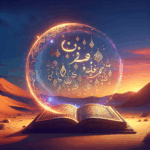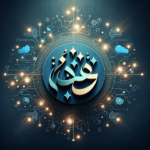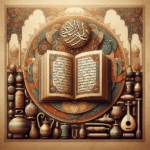Unlocking the Secrets: The Arabic Alphabet and Its Significance in Cultural Storytelling
Have you ever been mesmerized by the swirling elegance of Arabic script? 🤔 It’s not just a form of writing; it’s a gateway to a rich tapestry of stories and traditions! Dive with me into the fascinating world of the Arabic alphabet and discover its vital role in cultural storytelling.
Table of Contents
1. Introduction to the Arabic Alphabet
2. The Historical Roots of Arabic Script
3. Arabic Alphabet in Cultural Storytelling
4. The Art of Calligraphy: A Visual Story
5. Conclusion: The Everlasting Impact of the Arabic Alphabet
6. FAQs
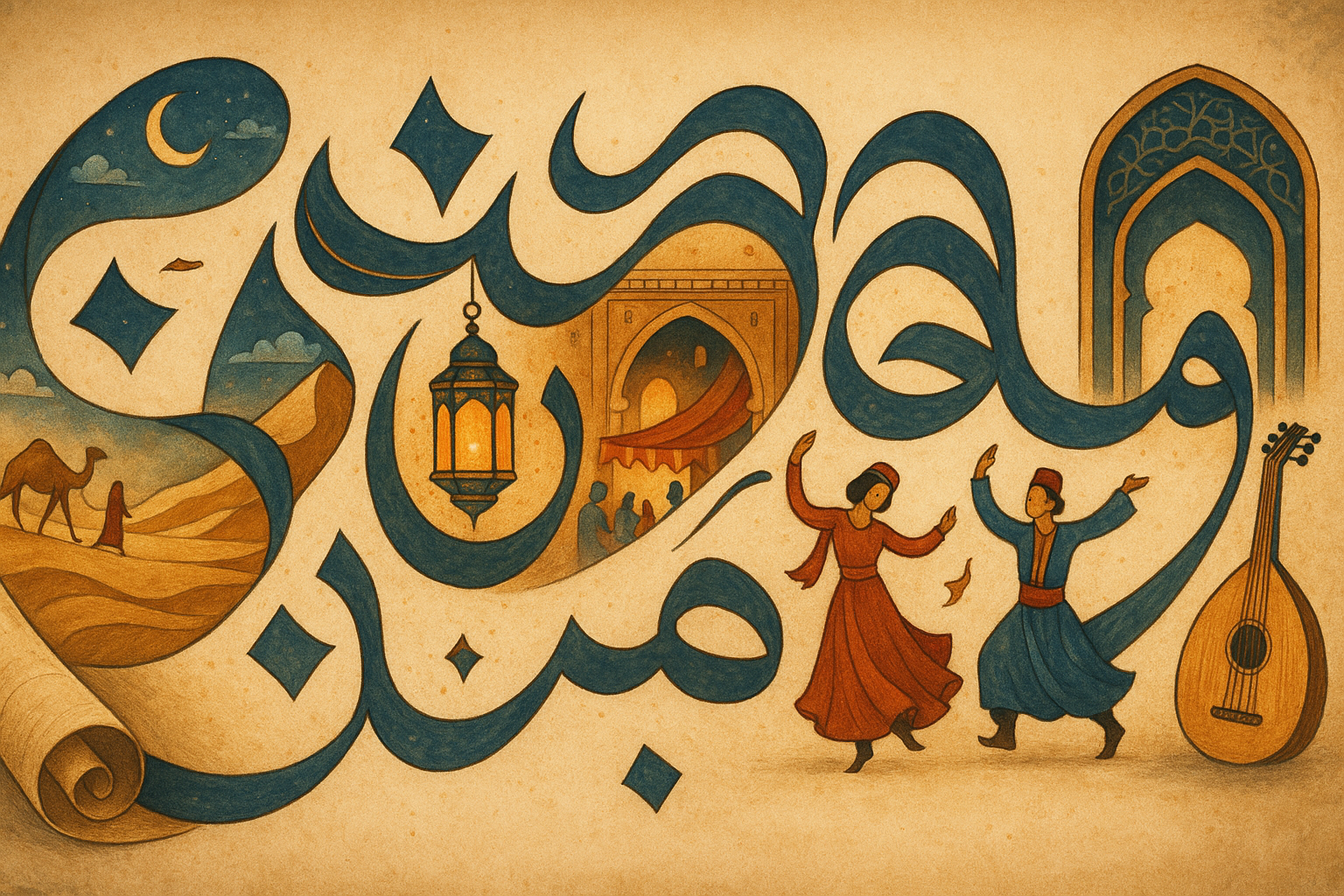
Introduction to the Arabic Alphabet
The Arabic alphabet is more than just a set of letters. It’s a living cultural artifact that has been shaping stories and societies for centuries. With 28 letters, this script is used in more than 25 countries, bridging communities through a shared linguistic heritage. Whether you’re a language enthusiast or a cultural explorer, understanding the Arabic alphabet opens up a world of stories waiting to be discovered.
The Historical Roots of Arabic Script
Did you know that the Arabic script has its roots in the Nabataean alphabet? 📜 Evolving around the 4th century CE, it was initially used for religious texts. As Islam spread, so did the script, becoming a cornerstone of the Arab world. Its fluid and adaptable structure led to various styles, each with its own cultural significance.
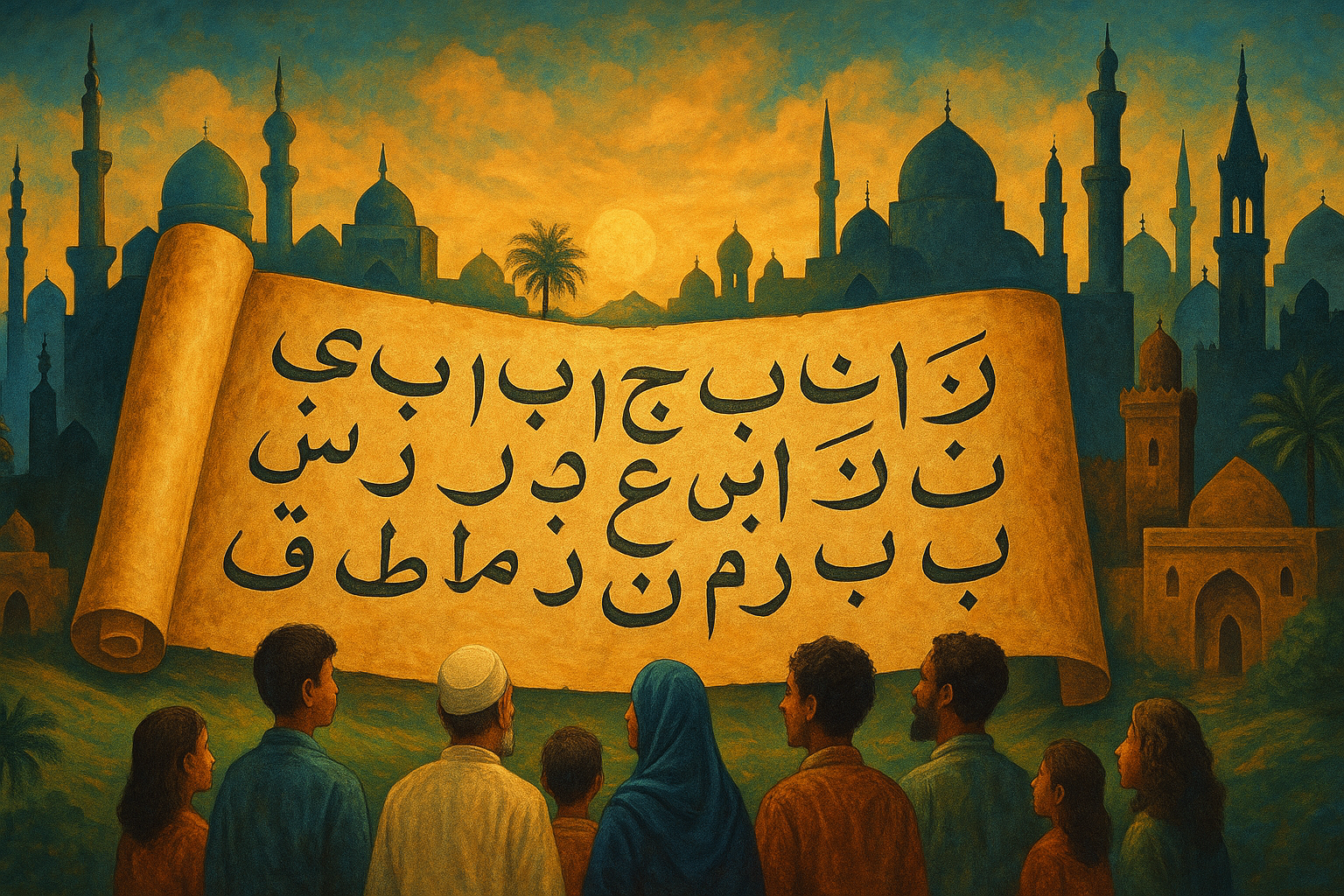
Arabic Alphabet in Cultural Storytelling
Imagine a world where stories are woven with the threads of language and culture. The Arabic alphabet is a powerful tool in storytelling, enriching narratives with its poetic and rhythmic nature. From ancient poetry to modern novels, the script captures the essence of human experience, conveying emotions and wisdom across generations.
In the realm of oral traditions, storytelling is an art form, and the Arabic alphabet serves as its canvas. Through tales of adventure, morality, and heritage, the script preserves the collective memory of communities, ensuring that their stories are never lost to time.
The Art of Calligraphy: A Visual Story
Calligraphy is where the Arabic alphabet truly shines as an art form. 🎨 This visual storytelling medium transforms words into stunning works of art, each stroke and curve telling its own story. Calligraphers often incorporate elements of nature, geometry, and spirituality, creating pieces that are as meaningful as they are beautiful.
Whether adorning the walls of mosques or gracing the pages of a book, Arabic calligraphy elevates storytelling to an art form, where every letter is a masterpiece in its own right.
Conclusion: The Everlasting Impact of the Arabic Alphabet
The Arabic alphabet is more than just a script; it’s a cultural vessel that carries the stories, values, and traditions of a vibrant civilization. As we uncover its secrets and embrace its beauty, we gain a deeper appreciation for the stories it holds and the cultures it represents. So next time you see the elegant curves of Arabic letters, remember the tales they tell and the worlds they open up. 🌍
FAQs
Q1: Is the Arabic alphabet difficult to learn?
A1: While it may seem challenging at first, with practice and dedication, learning the Arabic alphabet can become an enjoyable and rewarding experience.
Q2: How is the Arabic alphabet used in modern storytelling?
A2: The Arabic alphabet continues to be a vital part of modern storytelling, from literature and poetry to digital media and film, preserving cultural narratives in contemporary formats.
Q3: What makes Arabic calligraphy unique?
A3: Arabic calligraphy is unique due to its aesthetic beauty and cultural significance, blending artistic expression with linguistic tradition to create visually stunning works of art.


